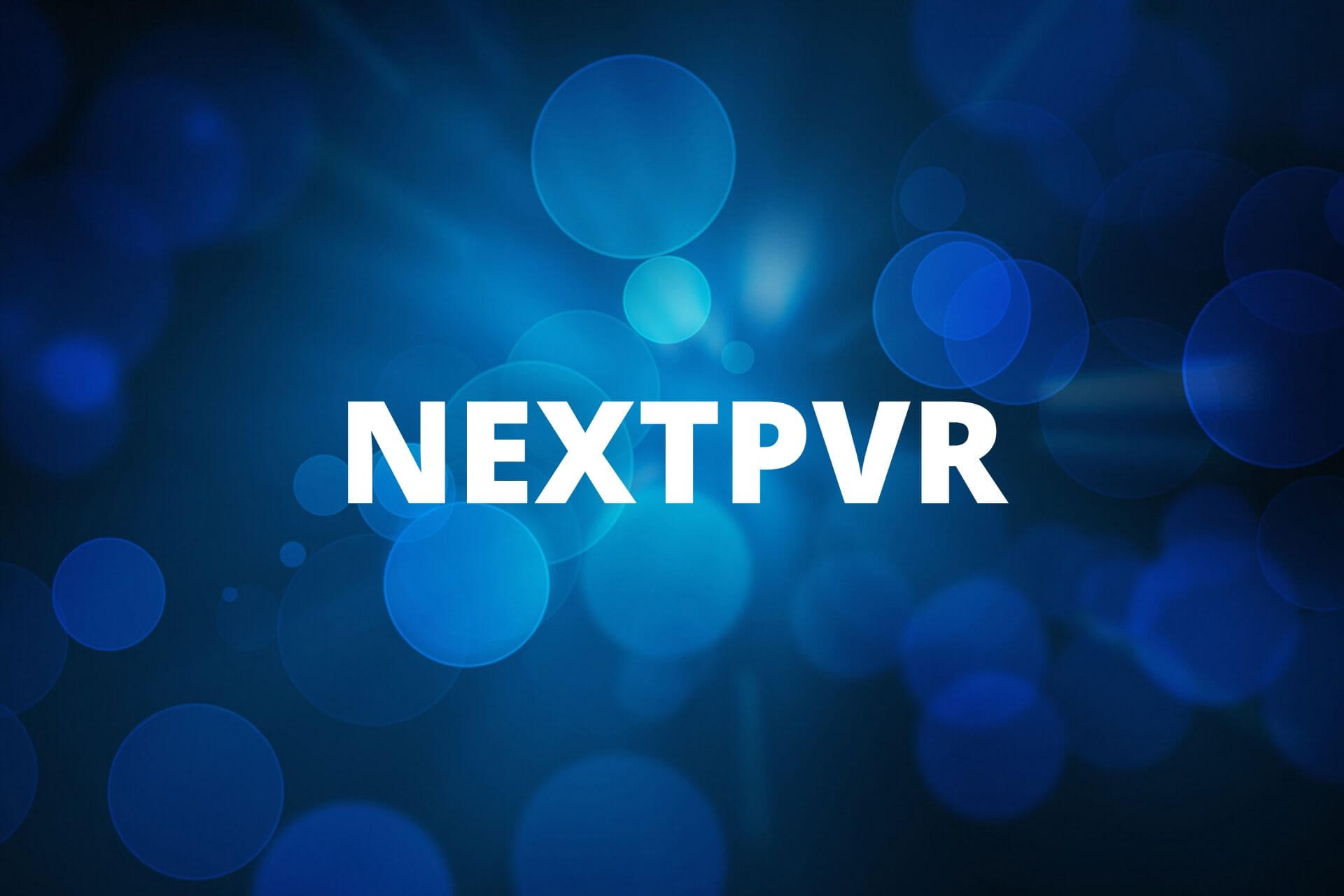

The following list of features applies to the most-recent version of GT Power (19.00).

For the first time since Paul stopped development, the source code has been made to compile the EXEs as they were last released in 1994. The source code and rights were sold to Tom Watt in June 2008 and he has resumed development of GT-Power. The GT Power application itself appeared to have no Y2K issues, with 19.00 being the latest release. A third party Y2K fix for the Suite, as well as other third party companion software, was also released. In late 1999, Berry released a Y2K bug fix for the Netmail Suite. The source was sold again to Dennis Berry, a GT Power sysop. New Millennium renamed the project GT 2000 but, by the end of April, it was announced that New Millennium would not develop the product. In mid-February, 1998, it was announced that P&M Software had sold the GT Power source code to New Millennium Software. P & M Software released its last version of GT Power, version 19.00, in September, 1994. The mail handling programs were used to "bag" mail and prepare it for transfer ( MBAGger), and to unpack received mail and distribute it to the proper message areas ( MDIST). The mail transfer program, called MDRIVer, was used to dial other GT Power systems, to authenticate their identity, and to transfer mail between the two systems. The Netmail Suite consisted of a mail transfer program and two mail handling programs. Upon registering GT Power, the user obtained a special password which enabled the Netmail Suite applications, and a key code that disabled any registration reminder delays in GT Power. By the time version 14.03 was released, the suite was expanded to include the ability to also exchange echomail between systems, similar to FidoNet echomail. With version 13.00, P & M software began offering a proprietary Netmail Suite a set of applications which allow GT Power BBS systems to connect and exchange routed person-to-person netmail. The name was shortened to GT Power sometime before the release of version 14.03 in the Autumn of 1988. Before the release of version 13.00 (released Autumn, 1987), the host mode portion of the application had been expanded to become a full-blown BBS host application, complete with message and file areas, file uploading and downloading, the capability to host BBS door programs, and a sysop-to-user chat mode. As time passed, a host mode was written into the application which allowed the user to accept incoming data calls. GT Power was originally a telecommunications/terminal application, known as GT Powercomm, which could be used to dial-up other BBS systems. When it is running under OS/2, GT Power can also be used as a telnet BBS host and terminal program via use of an OS/2 shareware virtual modem application called VMODEM. Īlthough GT Power was written to run under DOS, it is also quite capable under the Microsoft Windows (versions with DOS support) and OS/2 (including eComStation and ArcaOS) operating systems. The source code for GT Power was sold twice during the late 1990s, again in 2008 and is currently the property of Tom Watt. The software is distributed in two "flavors" a terminal-only version, nicknamed GTO, and the full-featured host and terminal version. GT Power can be used both to host a BBS as well as to connect to other BBS systems via its full-featured dial-up "terminal mode." GT Power was a shareware package that required a registration fee in order to access its proprietary network mail transport/handling software and, by default, the GT Power Network. It was first introduced in the 1980s by P & M Software, founded by Paul Meiners. GT Power is a bulletin board system (BBS) and dial-up telecommunications/terminal application for MS-DOS. JSTOR ( July 2017) ( Learn how and when to remove this template message)īulletin board system (BBS), dial-up telecommunications/terminal application.

Please improve this by adding secondary or tertiary sources. This article relies too much on references to primary sources.


 0 kommentar(er)
0 kommentar(er)
